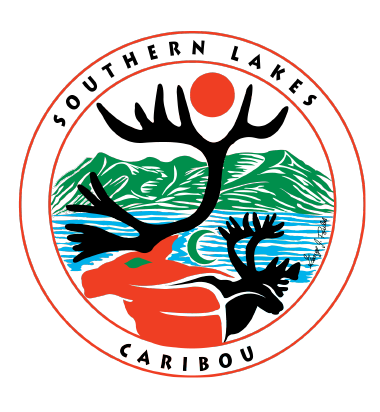Southern Lakes Caribou
Relationship Planning
here, for caribou.
Photo: Minnie Clark
The Recovery Story
There was once a time when the mountains moved with caribou. Elders tell us caribou were so abundant in their migrations, the ground would shake, and you could walk across the backs of caribou in the lakes.

Caribou have flourished in the Southern Lakes Region for thousands of years but almost vanished near the end of the 20th century. In the early ‘90s, six First Nations in the Yukon Southern Lakes area voluntarily stopped hunting caribou, and the Yukon government introduced a hunting closure for licensed hunters in the region. In B.C., licensed hunting of the Atlin caribou herd was reduced through limited entry harvest by residents.
These joint recovery efforts have increased Southern Lakes Caribou population numbers from approximately 400 animals in the ’90s to over 4,000 animals today. However, more recovery is needed to return to a Traditional Knowledge baseline of tens of thousands of caribou in the region.
This work has come through sacrifice. No harvests, or limited harvests, of caribou, have resulted in a generational loss of culture around hunting practices, living off the land and learning on the land. Many First Nation citizens feel they have lost their connection with these animals. Southern Lakes Caribou Relationship Planning seeks to re-establish this honoured connection by growing caribou populations for future generations, traditional harvest, cultural use, and the well-being and survival of the caribou.
Today, recovery efforts are ongoing, with nine governments collaborating on the Southern Lakes Caribou Steering Committee and six First Nation governments participating in a First Nation Working Group. First Nation and provincial and territorial governments are collaborating on a variety of monitoring efforts, including ground-based monitoring to inform collective caribou management among partner governments.
Herds have grown, but it would not take much to lose what has been gained. The continuation of monitoring and creating a joint management plan is essential to a future where we take care of the caribou, which have taken care of us for so many years.



